Nonfictionary

Mushy Bottom Blueberry Crumble
A new recipe is always an adventure. I’ve recently experimented with low carbohydrate, low sugar recipes. Starting a new writing project is just as much an experiment. Each book requires a different look at research, and I build on what I’ve learned with other projects.
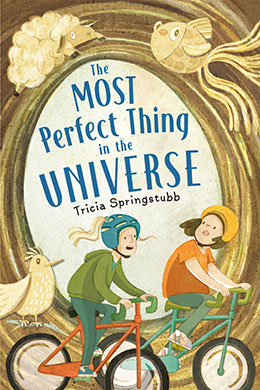
Notes from a Reluctant Researcher
I’ve never been a fan of research. I prefer to make stuff up, and even when my world-building demands facts, my first, lazy inclination is to fudge my way through. With this book, though, I had to knuckle down.
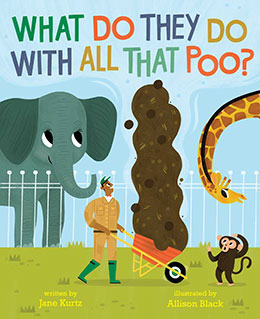
Ideas and Details
When I was doing lots and lots of author visits, many schools were focusing professional development — and writing instruction — on Six Traits: Voice, Ideas, Presentation, Conventions, Organization, Word Choice, and Sentence Fluency. I liked to show ways that I, a professional writer, also dance and wrestle with those traits. In particular, I liked to focus on ideas and details. What makes
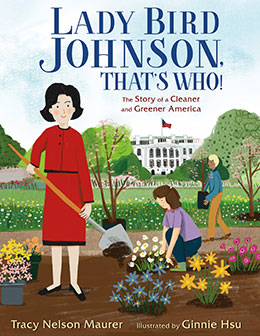
Library Love:
Children’s Author Shares Her Passion for Research
Author Tracy Nelson Maurer shares, “My heart leapt when I learned that I was old enough for my first library card — the key to that vast kingdom of words. I’ve treasured each library card since then.”

“Science + History = Whole Picture”
On my “final” draft of Bones in the White House: Thomas Jefferson’s Mammoth, I drew a line of little mastodons trooping across the bottom of the manuscript pages. Each animal bore a date that matched a sidebar fact or referenced the main text. I thought this was a clever way to remind readers of the march of time. The first little mastodon
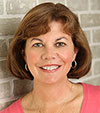
Dead Ends on the Long Road of Nonfiction Research
Researching in nonfiction isn’t much different. You run into many dead ends. But the key may be in knowing when to find a different route and when to change up your purpose. Is the story important and viable? Then I believe there are ways to work around those dead ends and get the car moving again.

What Gets Left Out
In my three decades as a professional author, I’ve written about many intriguing, accomplished people: the Wyeth family of artists, painter Georgia O’Keeffe, abolitionist Lucretia Mott, author Peter Mark Roget, poets William Carlos Williams and Marianne Moore, self-taught artist Horace Pippin, inventor Louis Braille, and most recently Pulitzer Prize-winning playwright August Wilson. In every case, I’ve

What is Research, Really?
From an ELA point of view, “research” is something you do to gather information for a report or project. But if you’re a scientist, research has a whole different meaning. It’s a way of developing a new understanding of the world and how it works. Every once in a while, my husband and I have a conversation about why two seemingly different pursuits have

Aging Down, Aging Up
Back when my kids were little, I started work on a nonfiction SEL (Social and Emotional Learning) series called the “Best Behavior” series. More than a decade later, these board books and paperbacks are still going strong, I’m happy to say. Titles in the series include Teeth Are Not for Biting, Voices Are Not for Yelling, and Worries

Pairing Verse with Nonfiction
Why write nonfiction in verse? If you do, is it still nonfiction? Good questions in a time when genres are expanding. I’ve used verse in two nonfiction stories: a picture book, Jazz Day: The Making of a Famous Photograph, and a book for ages ten and up, Siege: How Washington Kicked the British out of Boston and Launched a Revolution
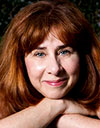
Five Things I Learned
Writing My First Picture Book Biography
You would think that being friends with Tanya Lee Stone would mean I wrote lots of nonfiction. But the truth is, until I decided to try and write a biography of Rube Goldberg, I stayed far away from this genre. As a reader, I loved it. As a friend, I learned so much reading Tanya’s work — not just about the facts — but about the foundations

The Writing Process as a Living Story
In some ways, it’s too bad that the curriculum in most schools calls for writing personal narratives at the beginning of the school year because I think students could learn a lot by crafting a personal narrative about the process of researching, writing, and revising an informational writing assignment. What do I mean by that? Well, lately, I’ve been

Putting Emotion into Nonfiction Books
Many people think writing nonfiction is just stringing together a bunch of random facts. Nothing could be further from the truth. While writing nonfiction, I use every single fiction technique a novelist uses. I feel strongly that I need to write my text in a way that will lead my readers to invest emotionally with my nonfiction text. Real. Raw. Emotion.

Pairing Nonfiction and Fiction
Nonfiction and fiction are like peanut butter and chocolate. Each excellent on its own, but when combined…so sublime. INVITE A DISCUSSION My nonfiction account Samurai Rising: The Epic Life of Minamoto Yoshitsune (2016, grade 6 and up) describes the dramatic rise and fall of a 12th-century samurai. One of the joys of researching the life of this Japanese

Connecting Kids to Nonfiction:
Personal Experience Matters
Personal preferences and experiences guide our life choices. They impact what we wear, eat, do, even the people we spend time with. It should come as no surprise, then, that personal preferences also affect what we read— maybe even whether we read. Studies show that young readers who feel a personal connection to what they are reading
